By Eva Colberg, postdoctoral fellow at Cornell University. Nearly all of Mauritius’s contemporary conservation plights are rooted in or exacerbated by the effects of invasive, non-native species. To see what restoration can do for the island’s few remaining forests, Dr. Eva Colberg joined members of the Tropical Island Biodiversity, Ecology & Conservation research group to visit (and weed) one of the island’s forest restoration sites.
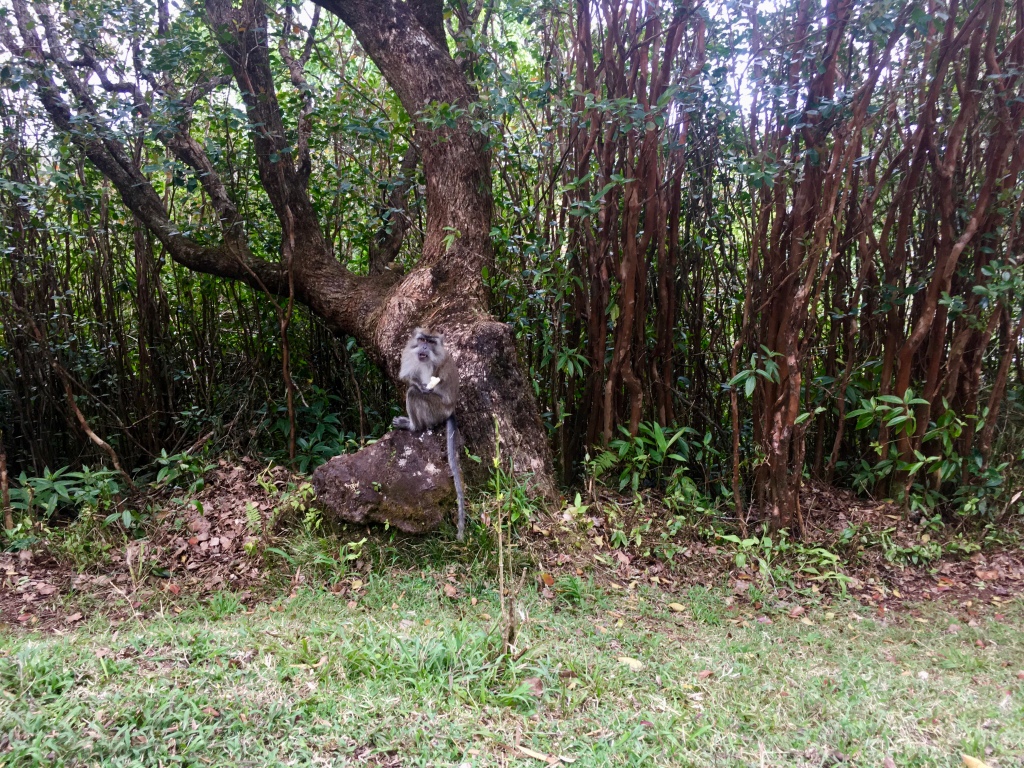
Red stems of strawberry guava (Psidium cattleyanum) form a wall dense enough to prevent walking through most of Mauritius’s remaining forests. Beyond impeding movement, the thick guava understory also reduces overstory tree fitness and disrupts native forest growth and succession. Originally from South America, strawberry guava is a classic case of a non-native, invasive species outcompeting and reducing habitat quality outside its native range (and islands are particularly vulnerable to invasion).
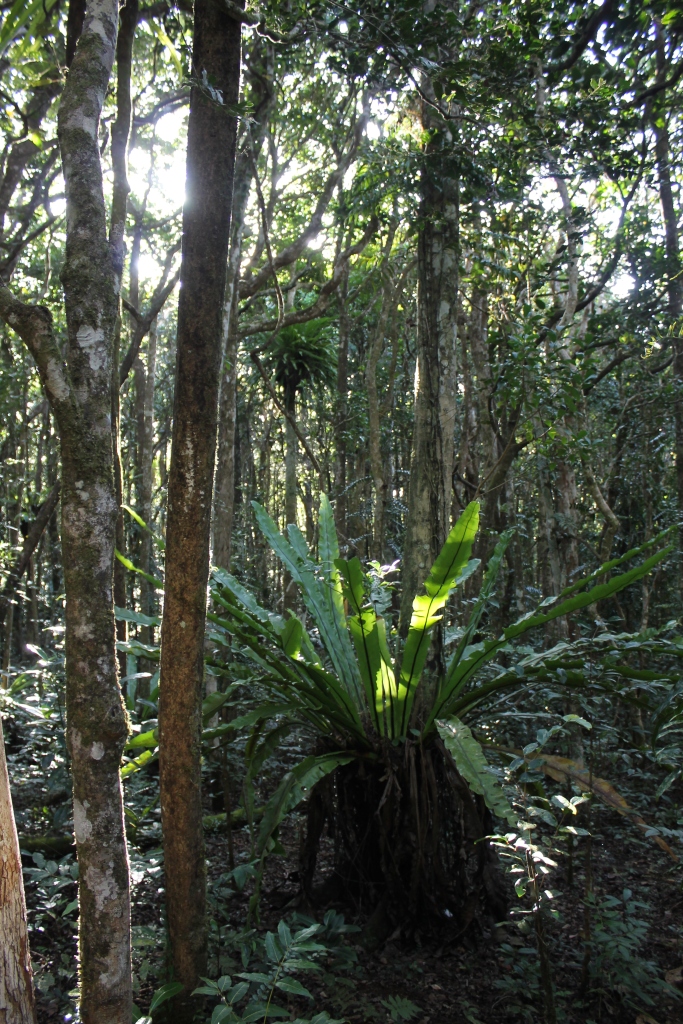
Strawberry guava is far from the only invader threatening Mauritius’s flora and fauna. Alien ants disrupt pollination of native plants, an effect compounded by invasive plant presence. Conflicts between fruit farmers and a keystone seed disperser, the Mauritian flying fox (Pteropus niger), could be due to poor habitat quality and low native fruit production in invaded forests. Invasive macaques (Macaca fascicularis) further disrupt plant reproduction by breaking branches and eating fruits before they’re ripe, and eating and stealing nectar from native flowers without pollination.
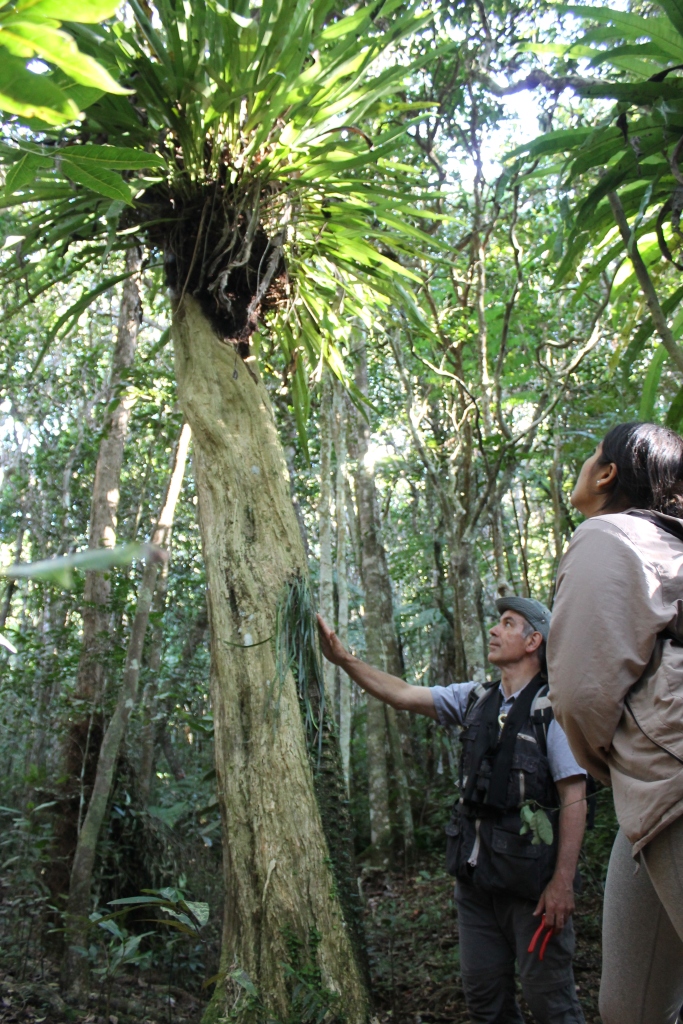
The ongoing onslaught of invasion means there’s no time to waste for restoration ecologists like F.B. Vincent Florens, Associate Professor at the University of Mauritius. “We have so many rare species on the brink of extinction [over 80% of the island’s endemic flowering plants are threatened], and have to work at the same time and learn as we go.” His life experience and ecological studies point to invasive species management as the island’s best hope for restoration and conservation, which he likens to healthcare. “First you save the person from dying and then you can treat the other issues.”
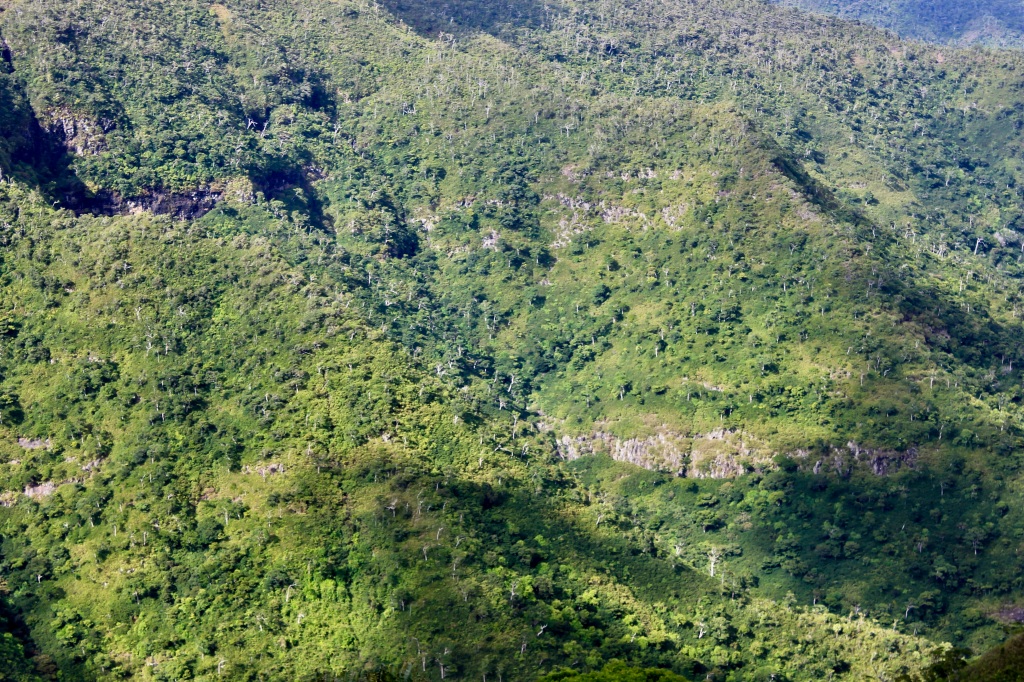
Although avian re-introductions and rewilding small islets with tortoises are sexier solutions than mere weeding, the best way to keep Mauritius’s mainland forests from dying is through invasive plant removal. After weeding, native trees in all forest strata produce more flowers and fruit, woody plants increase in species richness and seedling density, and butterfly diversity and abundance also increase. These many benefits can be furthered and maintained by follow-up weeding and other subsequent measures (including the promise of biochar to suppress weed regeneration).
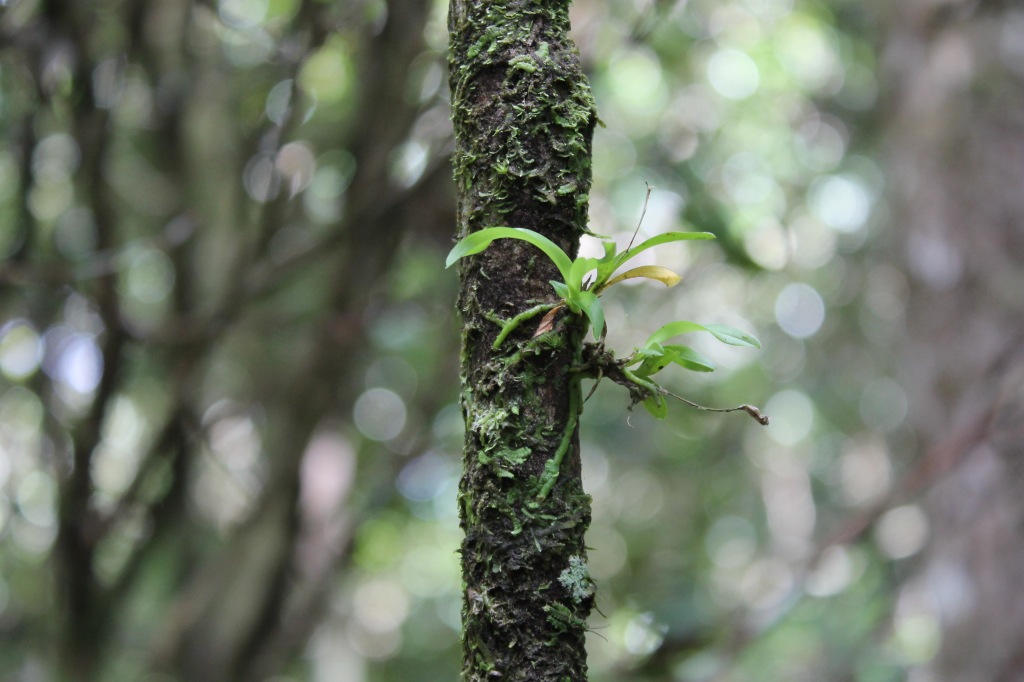
Despite decades’ worth of evidence pointing to the efficacy of invasive plant removal in Mauritius, it still isn’t widely implemented. Less than 5% of the island’s few remaining forests have been weeded of invasive plants, and even the best-protected forests are already dominated by invasive undergrowth. Frustratingly, some of the resources that could be used for invasive removal have instead hindered restoration via removal of native pioneer and nurse tree species. “We can do a lot of science, can come up with a lot of facts, but how do we get people to do what they don’t want to do?” Indeed, it’s far easier to uproot a small plant than to change someone’s mind, and Prof. Florens has an entire country to convince that saving their native forests is not only possible, but worth the effort.